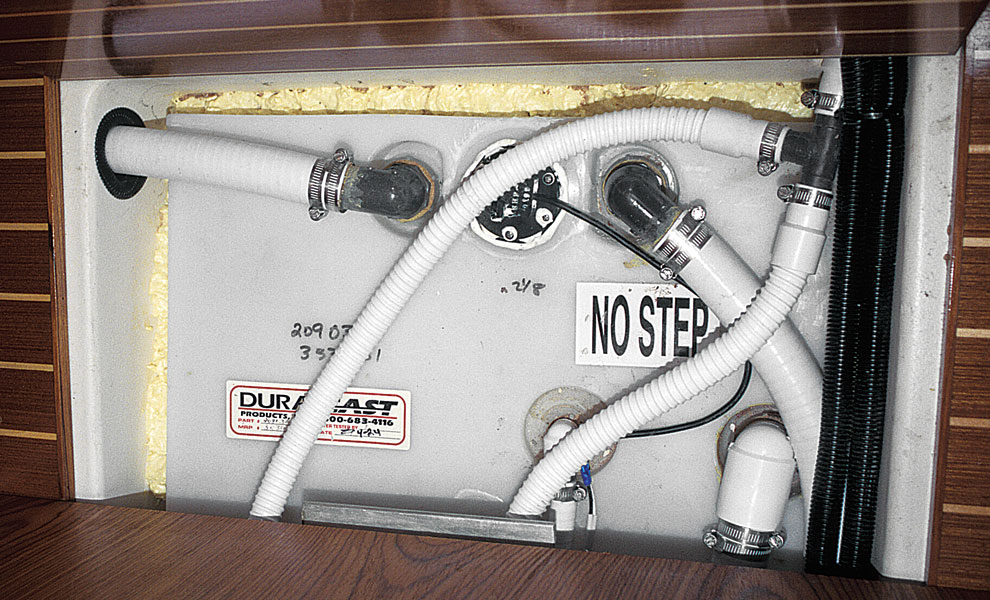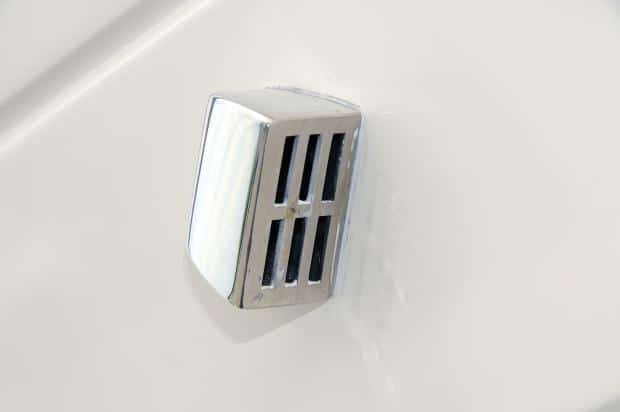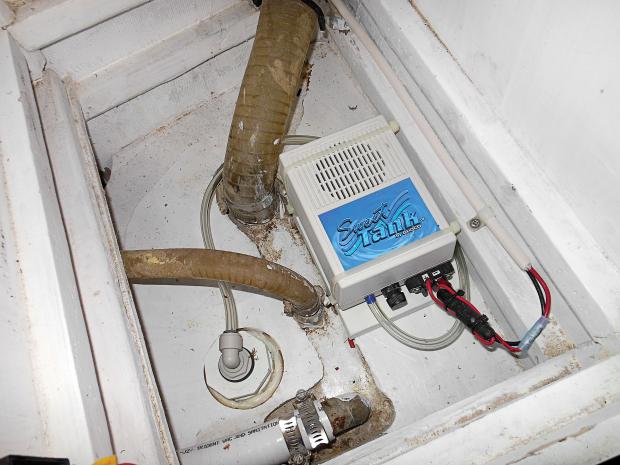
Holding Vent
For some cruisers, odors from the holding tank and sanitation system seem inescapable. In most cases, there is a simple solution: proper ventilation. Biologically, holding tanks aren’t pretty; their very design makes them less so. With marine heads, two types of odors must be dealt with: those that emanate from the sanitation system itself, within the vessel, and those that exit the tank’s on-deck vent. You may have both or either; their solutions may be separate or common. For this discussion, we’ll focus on odors related to tank ventilation.
Two kinds of bacteria inhabit holding tanks: aerobic and anaerobic. The former require oxygen to exist and reproduce; without it, they’re goners. Aerobic bacteria break down organic matter, creating as a byproduct carbon dioxide, which is odorless. Conversely, anaerobic bacteria thrive in a low- or no-oxygen environment. The byproduct they create is a variety of gases, including sulfur monoxide and sulfur dioxide. which impart the pungent odor (and methane and carbon dioxide, which are odorless).

Often, anaerobic bacteria are responsible for odors both within the vessel and exiting the tank’s vent system. In the latter instance, foul odors accumulate within the tank and are expelled each time a toilet is flushed or the tank is agitated in a seaway. Because the odor-producing gas is extremely concentrated, the smell within the tank is powerful, so even an infinitesimally small and otherwise imperceptible leak can result in a very smelly cabin.
The intuitive solution is to treat the odor with a chemical — either a bleach or an ammonia-based cleanser/disinfectant — or with a perfume of sorts that simply overpowers the smell. I think every cruising vessel should carry a supply of bleach, but using it to mask holding-tank odors is an ill-conceived, short-term solution. To a degree, bleach may succeed in sanitizing the inside of the tank. However, because the environment is conducive to anaerobic bacteria, they will quickly recolonize and the odor problem will begin anew. Filters that deodorize gases that escape the tank, while somewhat effective, also represent a half measure of sorts in that they are treating the symptom rather than the cause.

In order to provide adequate airflow, vents should be larger than the typical 5/8-inch hose. Ideally, the inside diameter should be a full inch; on larger systems, I’ve even installed 1.5-inch hose. Vents should also be plumbed to opposite sides of the vessel, enabling cross flow, in a direct line with as few bends and dips as possible. The solution to holding-tank odor, either inside the tank or in gases leaving the vent, involves better ventilation, specifically cross ventilation. Remember, the aerobic bacteria, which digest waste and don’t produce odor in the process, require oxygen. So providing it is often the most effective and simplest approach. The problem is that most holding-tank vents are woefully inadequate, providing little more than a means of air displacement when flushing a toilet or pumping out.
Yes, this is a tall order on most sailboats, especially if the system is being retrofitted. Still, in most cases the passive cross-ventilation approach works very well. If it doesn’t, it may be necessary to install an active ventilation system, like Groco’s SweetTank, which is like a fish-tank aerator for the holding tank. This modest flow of air will provide ample life support for the desirable aerobic bacteria.
This article first appeared in the December 2013 issue of Cruising World. Steve D’Antonio offers services for boat owners and boat buyers through his company, Steve D’Antonio Marine Consulting.








